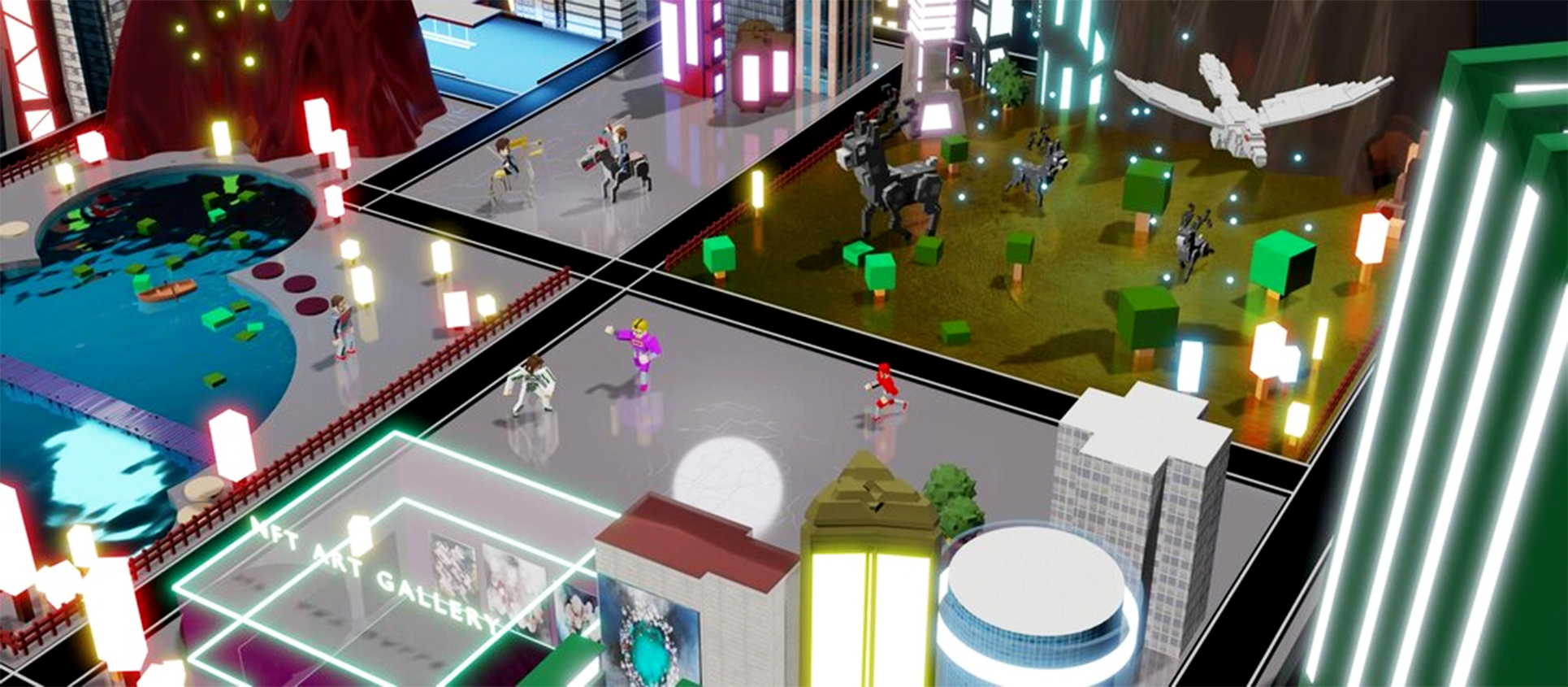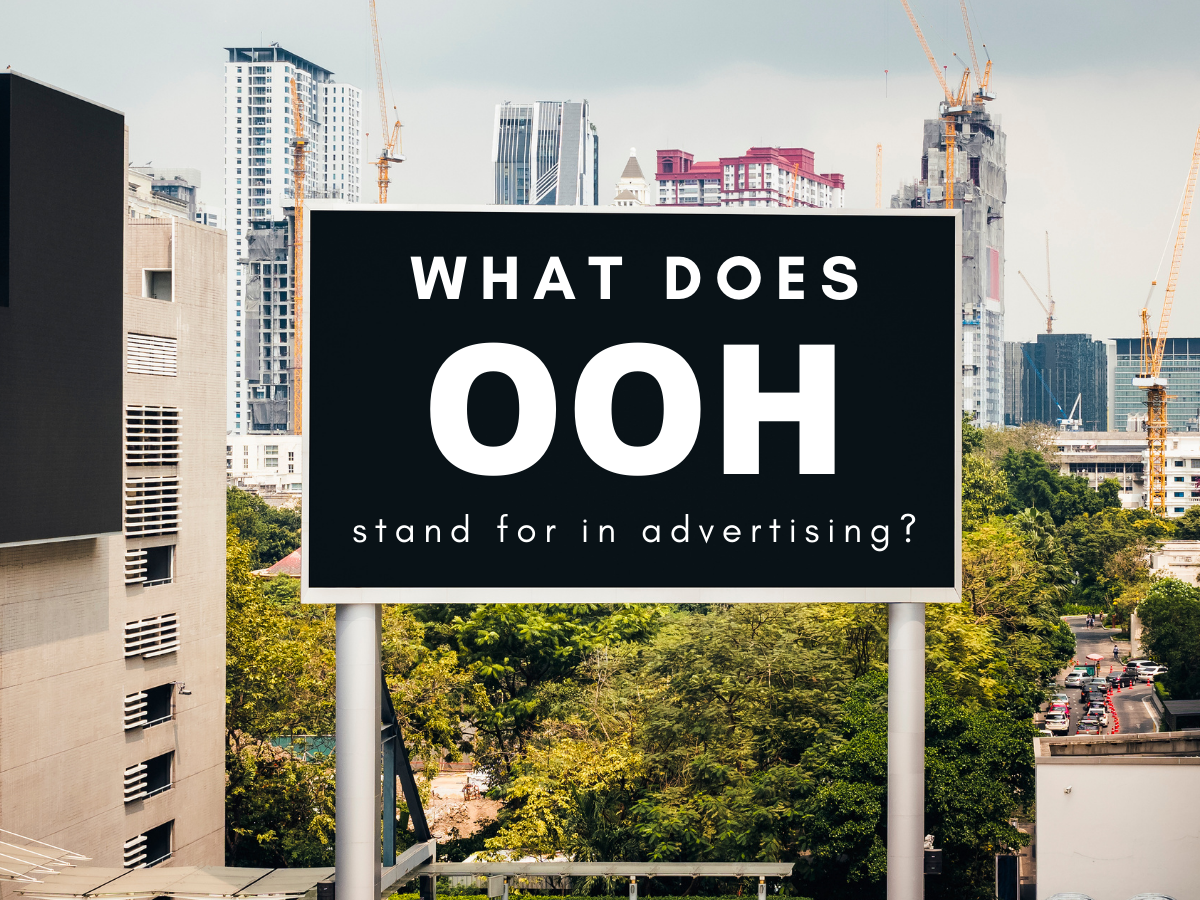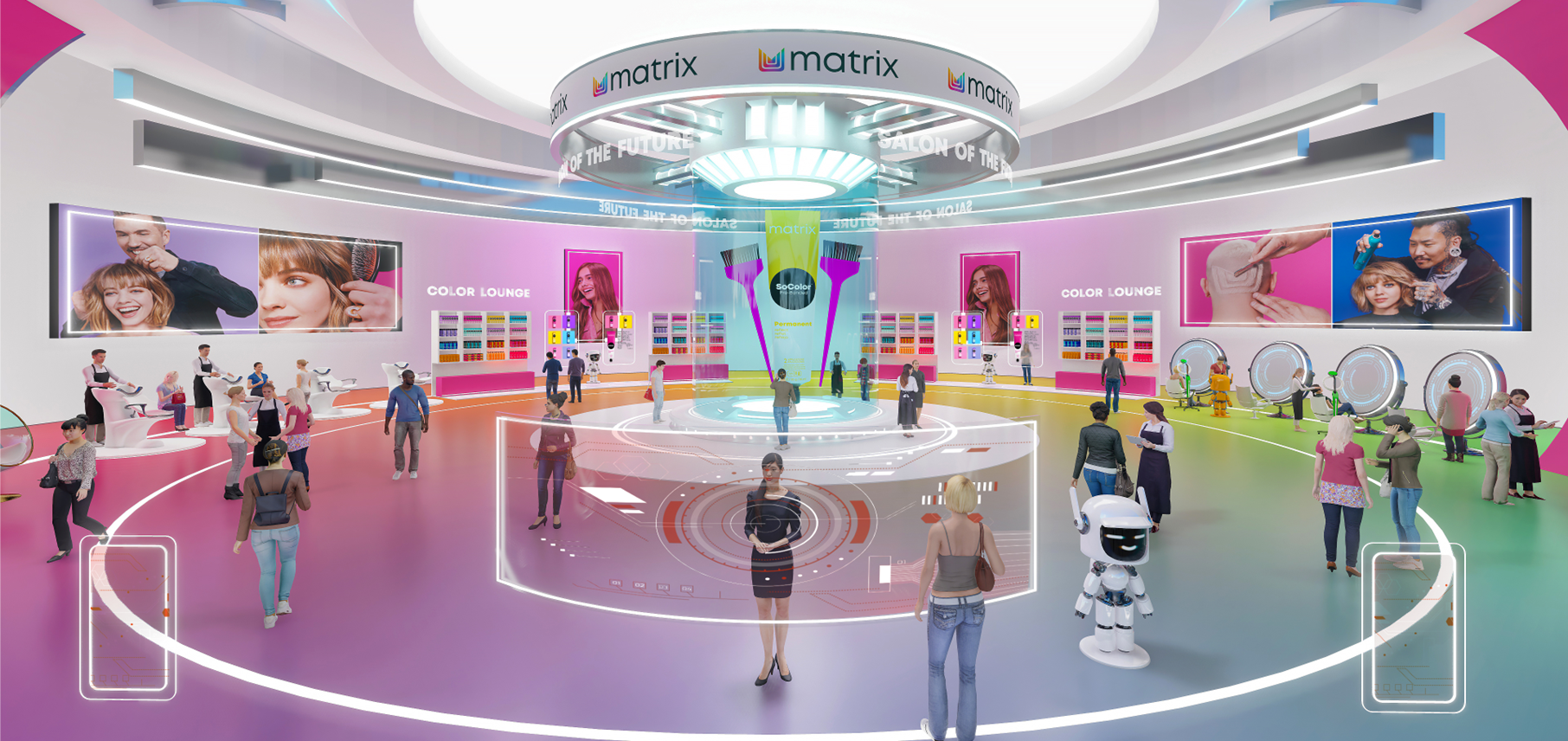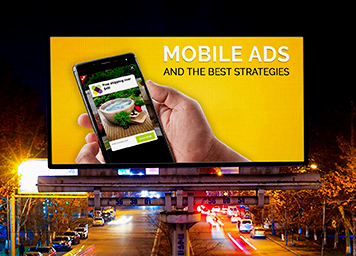CGI (Computer-Generated Imagery) Impact & Uses
Making still or animated visual content with imaging software is known as computer-generated imagery, or CGI. Utilizing computer-generated imagery (CGI), images are created for a variety of applications, such as augmented reality (AR) and virtual reality (VR), television (TV) shows, advertising, anatomical modeling, architectural design, engineering, and video game art.
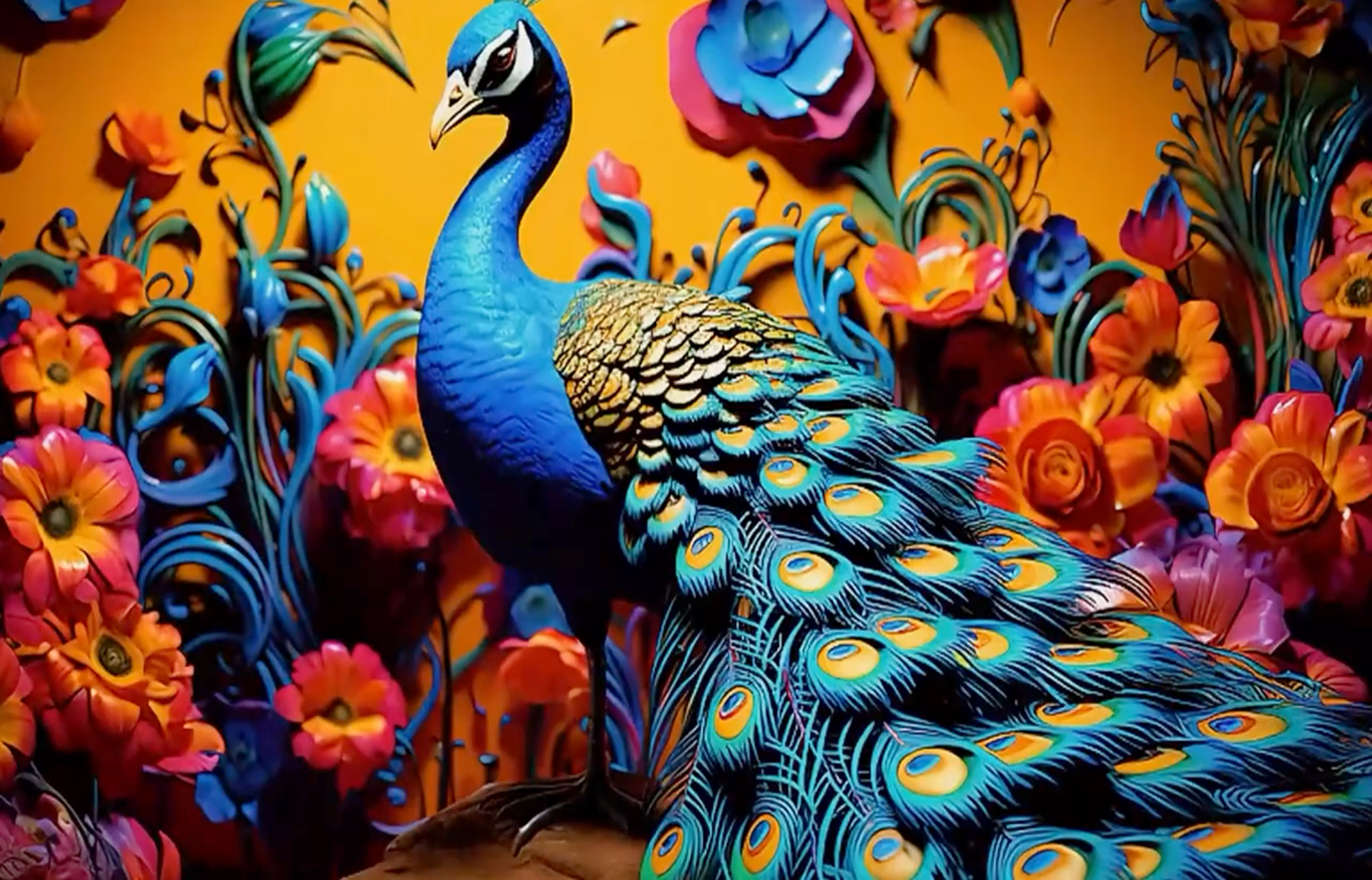
There are different uses of CGI starting from Special effects in Film and Movies particularly to highlight some action sequences to give them a realistic form or to modify the characters physical appearances.
To allow the different effects in Video games to make them more interactive and exciting.
And in Advertising industry where brands use CGI creative to make a long lasting and something new experience in front of their targeting audiences.
CGI is used in ads and commercials to sell things in enticing ways. Even smaller firms may advertise their products with eye-catching visuals thanks to advancements in efficiency and lower costs for CGI production processes. Apart from video formats, still photographs can also yield comparable outcomes.
In addition to their amazing visual fidelity, computer-generated imagery (CGI) advertisements are economical, flexible, and environmentally friendly. They give brands the opportunity to interact with consumers globally while maintaining their creative and narrative edge.
Future of CGI -
- Relaism and Better onversions - CGI helps in saving time for realistic photoshoots, computer-generated imagery (CGI) enables service and technology companies to enhance their online presence with compelling, educational images and videos that encourage interaction. More converions from window shopping or normal views of products on the website.
- Building Brand Identity - Beyond just making your marketing cycle and procedure better, CGI may enhance the way your audiences and customers interact with your business. Whether it's explaining the kind of lifestyle your brand encourages consumers to lead or showcasing the level of skill and professionalism clients may anticipate from you.
- Immersive Experiences of Products & Brands - With the use of CGI, marketers can create interactive, immersive experiences that enthrall consumers like never before. Brands may take consumers into aesthetically spectacular worlds that improve brand storytelling and leave a lasting impression by incorporating computer-generated imagery (CGI) into their websites, social media accounts, and digital advertising.
- Product Display with High Precision - CGI gives companies, particularly those in the e-commerce industry, the benefit of showcasing goods with unmatched detail. Customers may inspect products from every angle using hyper-realistic product renderings, which increases their trust and confidence while making purchases.
- Improving the Brand's Identity - Brands may differentiate themselves from competition by creating a unique visual identity through the use of CGI. CGI enables organizations to have a consistent and identifiable presence across all marketing media, from logo animations to branded storytelling.
- Increasing Interaction and Social Media Reshares - Higher engagement rates are a result of visually compelling content, and CGI elevates the game by enthralling viewers with its otherworldly beauty. Social media shares of these eye-catching ads are more likely to occur, thus increasing brand exposure and reach.
- Exceptionally customizable - Computer-generated imagery (CGI) provides countless opportunities for artistic expression, ranging from surreal vistas to incredibly lifelike product close-ups. Advertisers are able to customize their messaging for a really distinctive and timely message by targeting particular product attributes, cultural contexts, and demographics with their ads.
- Cost-effectiveness and Flexibility: Although hiring talent and making large upfront investments in CGI technology might be expensive, these expenditures frequently pay off in the long run. With CGI, costly reshoots—which are sometimes required in traditional live-action productions—can be easily adjusted and corrected.

